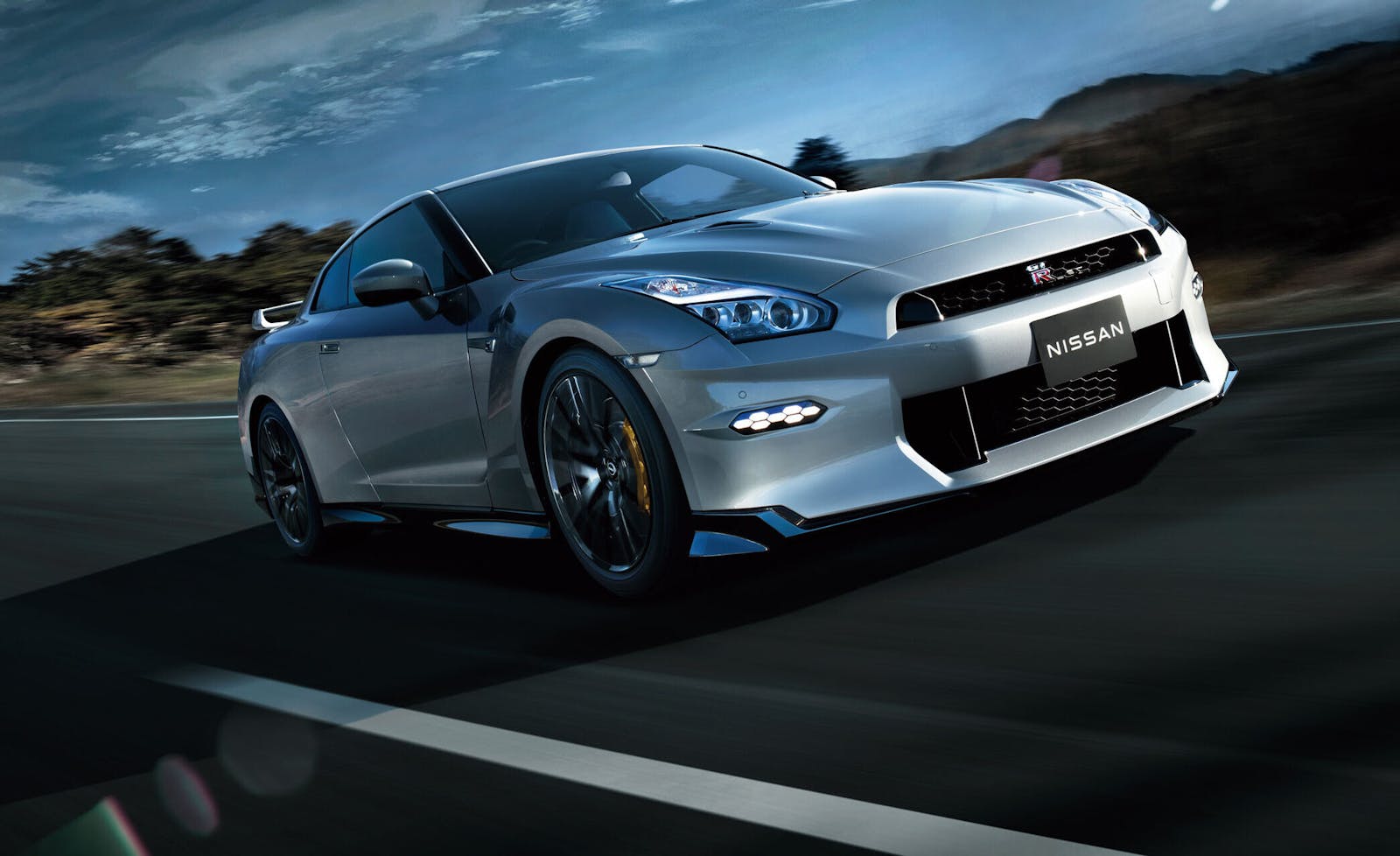Media | Articles
The 1976 Volvo Elbil Was a Trailblazing Electric Box on Wheels
Volvo’s next electric model, the ES90, will make its global debut on March 5. Like every EV in the brand’s current range, the sedan traces its roots to a tiny, traffic cone-colored prototype named Elbil that was designed, tested, and shelved in the 1970s. While the Elbil—now fifty years old—never saw the light that awaits at the end of a production line, it’s a fascinating reminder that carmakers have toyed around with electric drivetrains for decades.
The project started in the early 1970s, well before automakers and politicians threw large-scale support behind EVs. The 1973 oil crisis sent shockwaves across the automotive industry and jump-started efforts to find viable alternatives to the internal combustion engine. Batteries emerged as a possible solution, and Volvo wasn’t the only company whose engineers received a memo that essentially read “make an EV.” BMW tested electric cars in Munich; DIYers turned used economy cars into home-brewed Franken-EVs in their garage.
Against this backdrop, Volvo built two variants of the Elbil in 1976. Shown in the image above, the first example was an 89.7-inch-long four-seater designed for commuters. (It’s still owned by Volvo today.) The second one was a two-seater envisioned as a delivery vehicle (current whereabouts unknown). Both featured the same basic styling, though the delivery model was finished in yellow and featured sliding doors to make ingress and egress easier. Small styling details aside, the two versions were basically identical.

As is the case today, going electric allowed Volvo to rethink a car’s layout and, consequently, tweak proportions. The drive motors were smaller than a comparable gasoline- or diesel-burning engine and integrated into the rear axle. They received electricity from 12 lead-acid batteries (essentially regular car batteries) arranged horizontally and installed on a drawer that slid into the space below the floor. This packaging solution made it possible for the Elbil to carry four passengers in relative comfort—even though it was about 10 inches shorter in length than the original Smart car.
Of course, as is the case in 2025, there was a trade-off: weight. The toy-like prototype tipped the scale at about 2200 pounds including the roughly 661-pound battery pack. The first Smart ForTwo weighed around 1600 pounds, while the Volvo 343 tipped the scale at about 2200 pounds.
Visually, the Elbil stood out as an exercise in function-over-form design, even by 1970s Volvo standards. It was shaped like a cinder block, with flat body panels that made it cheap to build, and it rolled on the type of wheels you’d expect to find on a small trailer. To my eyes it looks a little crude, with 200-Series-sourced door handles and exposed hinges above the rear window; of course, it’s important to remember that the Elbil was never seriously considered for production. That’s why Volvo didn’t bother coming up with a real, marketable name. (Elbil essentially means “electric car” in Swedish.)
Marketplace
Buy and sell classics with confidence



The experimental nature of the project didn’t stop Volvo from giving the Elbil a complete interior, complete with two-tone upholstery, a three-spoke steering wheel, and a dashboard. The center console houses a variety of gauges and switches, including the speedometer, and the aluminum-look trim spruces up the otherwise sparse cabin.
Volvo went through the trouble of making the Elbil as close to a real car as possible because it wanted to test the prototype in real-world conditions. The two-seater delivery van was reportedly put in the hands of Sweden’s postal service, while Volvo put the four-seater through its paces in and around Gothenburg.



The team in charge of testing the prototypes returned to Volvo’s headquarters with two main takeaways. One was that the Elbil worked, moving under its own power. The other: The Elbil didn’t work the way most drivers would want it to work. Charging it took 10 hours, and the car could drive for about two hours on a full charge—presumably in ideal conditions and not in the middle of a harsh Scandinavian winter. Volvo quoted a top speed of 43 mph, though it recommended cruising at 30 mph to maximize driving range.
Volvo dropped the Elbil project, but it continued to experiment with alternatives to gasoline. In 1979, it built four examples of a prototype called “Light Component Project (LCP) 2000,” each jam-packed with then-new technologies and materials. Engineers relied on carbon fiber to keep weight in check, which was revolutionary in the late 1970s, and two of the prototypes were powered by a 1.4-liter turbodiesel four-cylinder engine capable of running on a wide selection of fuels, including rapeseed oil used for frying.
Fast-forward to 1992, and the Swedish brand unveiled a sedan named the Environmental Concept Car that used a hybrid drivetrain made up of an electric motor and a gas turbine. While the concept remained at the prototype stage, its exterior styling accurately previewed the first-generation S80 unveiled in 1998.

























That is one ugly penalty box. It literally is an electric toaster. The styling is plain in an almost eastern block way.
A lot of these early ‘revolutionary’ electric cars were basically upscaled and re-bodied golf carts, and I don’t mean that sarcastically. 12 lead-acid batteries are twice what the average golf cart is equipped with, and the 43 mph top speed is around twice that of an ‘unmolested’ golf cart, but I’m sure those taller tires are part of that formula.